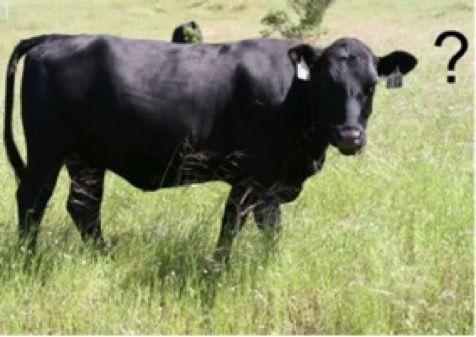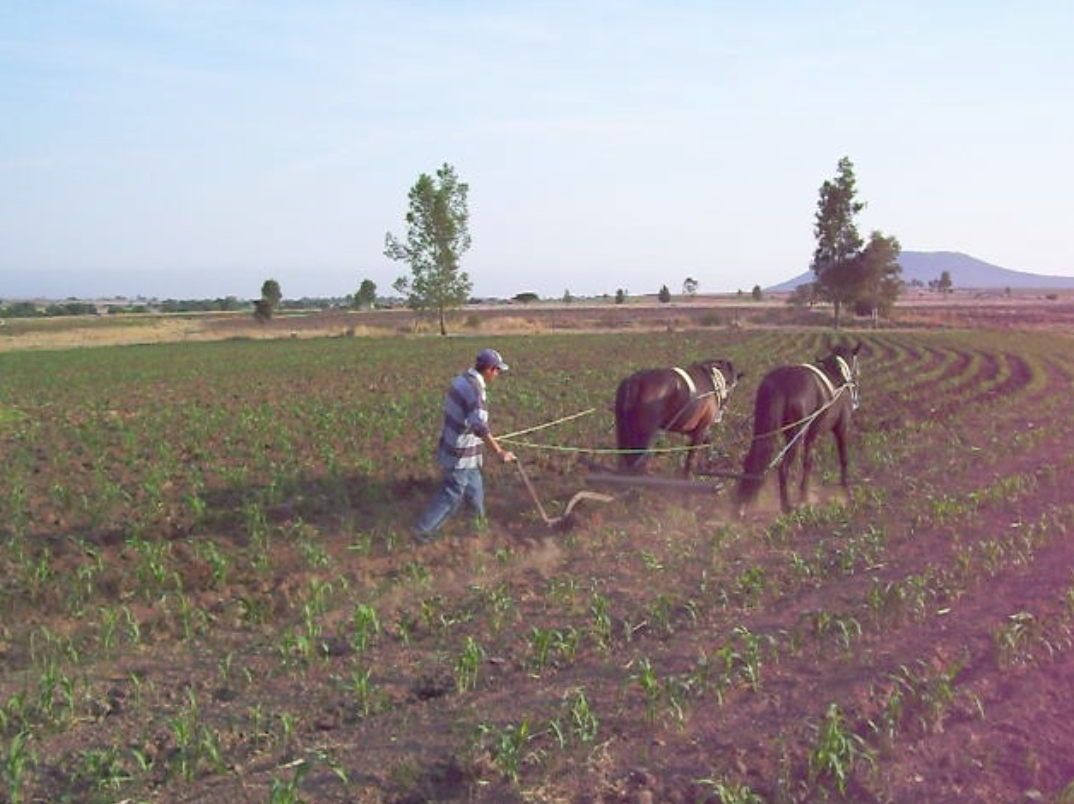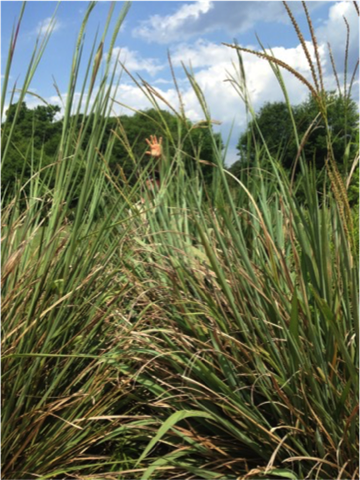At the Carbon Cattle Company we view our business as:
Carbon Sequestration as an indefinitely sustainable program
Carbon Sequestration as a profitable business model
Carbon Sequestration as low and high-tech environmental restoration
Carbon Sequestration as a vehicle for rural revitalization
Carbon Sequestration as a Certified Organic effort
Carbon Sequestration in quantities that reduce global atmospheric levels
Each of these concepts is a reality of the Carbon Cattle Company.
ABOUT THE CARBON CATTLE COMPANY
As a boy I spent my summers learning how to drive while sitting on my grandfather’s lap steering his FarmAll Super A tractor as we plowed fields of corn.
Christmas break was spent transferring manure out of the barn and heeling it into what became watermelon hills. This manure would steam, my grandfather called it “cooking”. Come spring break before Easter Sunday we would plant watermelon seeds, covering them with a Mason jar to protect them from frost. Granddad always made me promise never to tell anyone because it was said to be a sin if you planted before Easter Sunday.
Christmas break was spent transferring manure out of the barn and heeling it into what became watermelon hills. This manure would steam, my grandfather called it “cooking”. Come spring break before Easter Sunday we would plant watermelon seeds, covering them with a Mason jar to protect them from frost. Granddad always made me promise never to tell anyone because it was said to be a sin if you planted before Easter Sunday.
By 1760 our European ancestors had hunted the buffalo out of Georgia and converted the land to cotton. By the time my grandfather was born in 1888, very little of the original grass and tree cover remained and farming would continue much like in the picture above. This is how my grandfather farmed until he bought his FarmAll Tractor in 1949.
Five years ago we returned to the farm after 30 years of environmental contracting ready for a rest, but we had lived too long on the front-line of climate change, watching as the world changed. We were sure the world was facing CO2 mitigation demands, and we wondered if we could figure a way to extract CO2 from the atmosphere at a profit.
As founder of Renewable Forestry Services, Inc., I have planted over 20 million trees during the last 30 years, built wetlands, and established native prairie ecosystems. I have a strong background in science, so I dove into the question and five years later the answer is a resounding, yes we can!
Our development of the Carbon Cattle Company answers the question with carbon sequestration based on cattle grazing native tallgrass pastures. The Carbon Cattle Company has mimicked or captured this concert into a modern-day program that amplifies and quickens the drawing down of excess CO2 we humans in our ignorance have released over the last 100 years.
While reforestation seems to be the perfect CO2 vector to address the issue, and while it does play an important role, its long-term storage capacity is cut short as billions of planted trees are harvested annually. Yes, many are under sustainable management, but much of that stored carbon typically reverts back into CO2 and CH4 in less than 50 years. Perennial grasslands on the other hand have deeper root systems than trees and live indefinately. Cutting the grass does not kill the roots, rather under our system it stimulates its growth in a natural symphony that orchestrates a concerted event to expedite the transferring of atmospheric CO2 into living humus, depositing the carbon back into the earth as a living soil matrix. Thus freeing the oxygen to our atmosphere once again.
Our development of the Carbon Cattle Company answers the question with carbon sequestration based on cattle grazing native tallgrass pastures. The Carbon Cattle Company has mimicked or captured this concert into a modern-day program that amplifies and quickens the drawing down of excess CO2 we humans in our ignorance have released over the last 100 years.
While reforestation seems to be the perfect CO2 vector to address the issue, and while it does play an important role, its long-term storage capacity is cut short as billions of planted trees are harvested annually. Yes, many are under sustainable management, but much of that stored carbon typically reverts back into CO2 and CH4 in less than 50 years. Perennial grasslands on the other hand have deeper root systems than trees and live indefinately. Cutting the grass does not kill the roots, rather under our system it stimulates its growth in a natural symphony that orchestrates a concerted event to expedite the transferring of atmospheric CO2 into living humus, depositing the carbon back into the earth as a living soil matrix. Thus freeing the oxygen to our atmosphere once again.
This is how you grow soil and become a Carbon Farmer profiting in restoration.
In fact, our data suggests that after Year 3 our carbon farming system can generate $18,000 and more, per acre per year in farm product revenue. We have three investment models to choose from. The core starts with 6,670 acres, the mid-range starts with 11,663 acres and our deluxe package starts with 14,850 acres. Jill Ellis and I have combined a number of proven-tested-active farm management practices that when combined into one synergistic land management system will generate $16,000 to $22,000 per acre per year using our rotational grazing system and our wild crafted mushroom operation!

We always had plenty of melons to sell to the Red & White Grocery just before the 4th of July and that money was tucked away in his Prince Albert tobacco box and used to pay the taxes.
We chopped corn all summer long and fed it to the cows, as our pastures were so poor. 50 years later I understand why they were poor, and how the tall thick grass that could have fed our cattle had been plowed under many years before.


In this picture I am in a stand of native Gama Grass that is 7' tall in May at the Jimmy Carter Plant Materials Center in Americus Georgia. This grass was planted in 2003 and has grown unchecked, but if it had been grazed would have regrown with the same vigor.
This is one of the native tallgrass plants that would have grown here when the buffalos ranged in Georgia and this field was planted as a test to see if it was a possible forage for cattle. It is also one of the plants we intend to establish on our pastures for rotational grazing.
Remnant populations of those original grasses can also be found in roadside ditches around the state. We collect their seed and transplant some to our farm to reestablish those grassland plants from this original stock.
